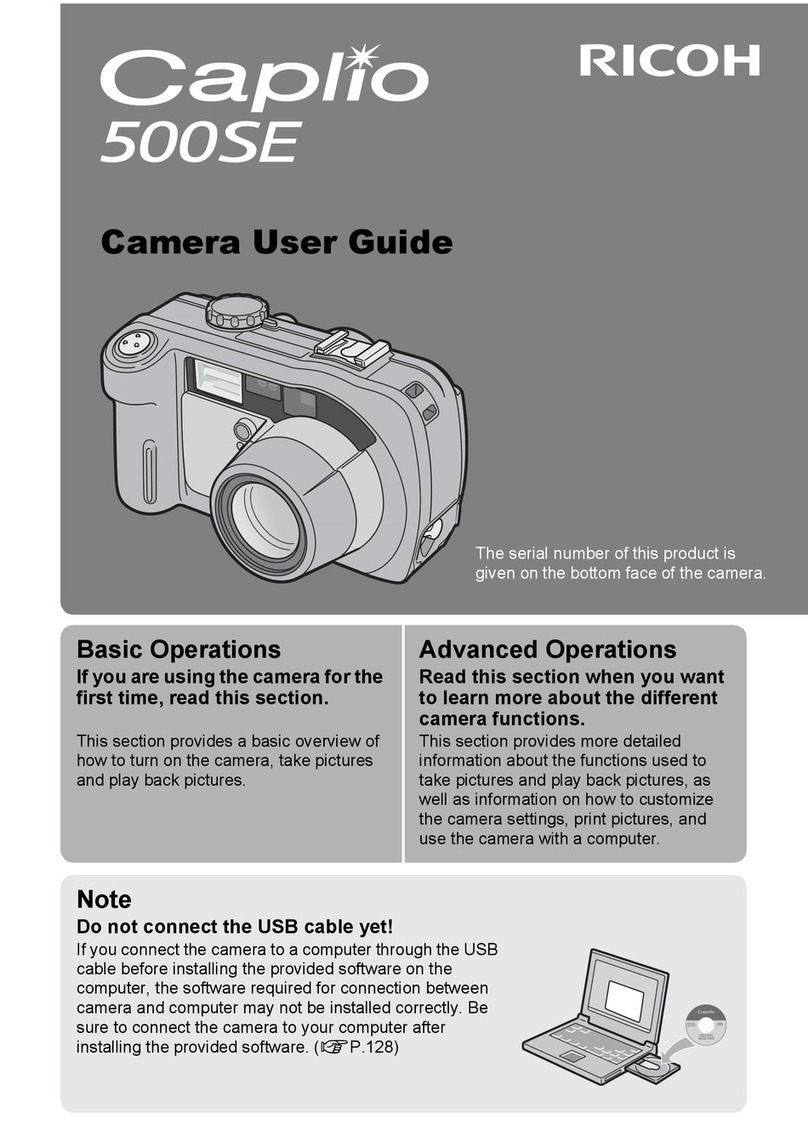Ricoh Singlex User manual
Other Ricoh Digital Camera manuals
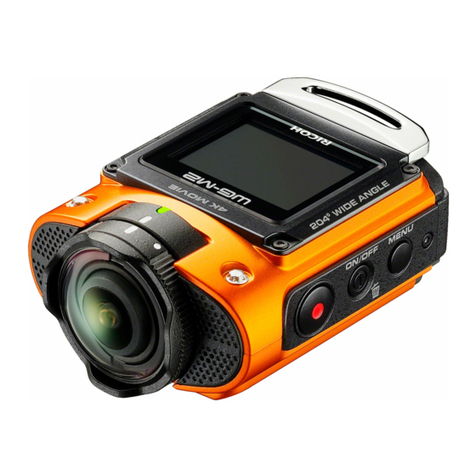
Ricoh
Ricoh WG-M2 Guide
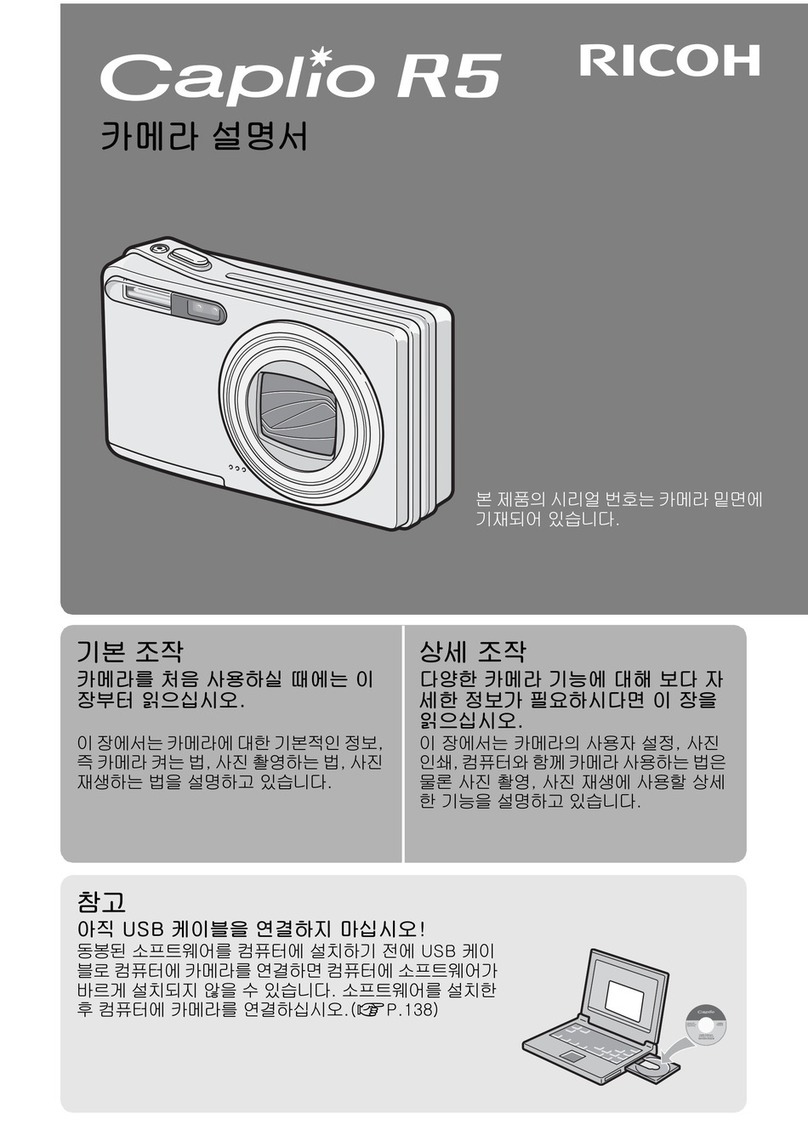
Ricoh
Ricoh Caplio R5 User manual
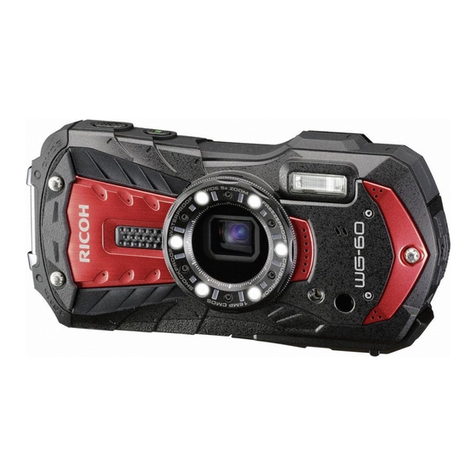
Ricoh
Ricoh WG-60 User manual

Ricoh
Ricoh Caplio 500SE User manual

Ricoh
Ricoh RDC-7 User manual

Ricoh
Ricoh WG-60 Guide
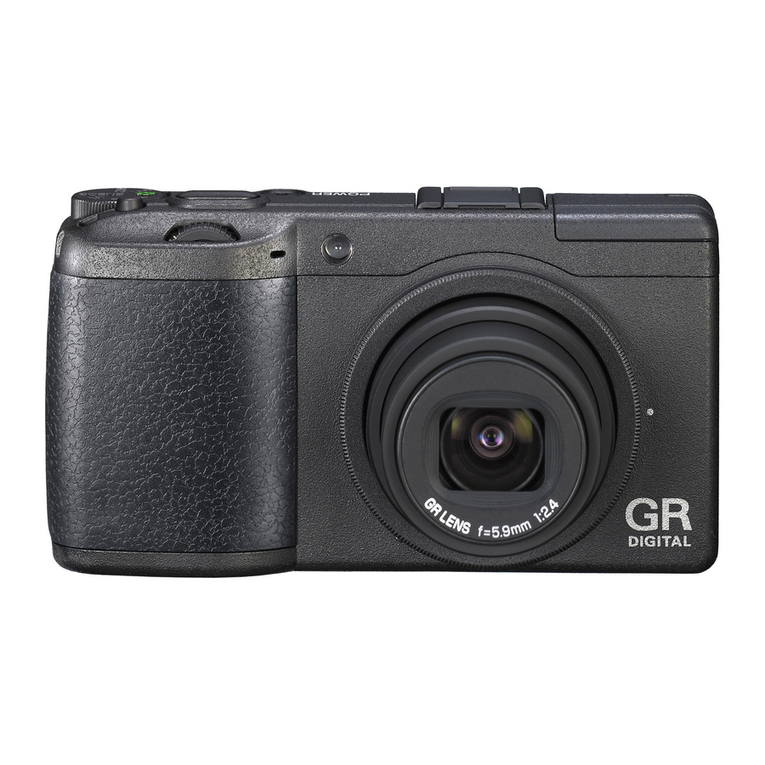
Ricoh
Ricoh GR Digital II User manual
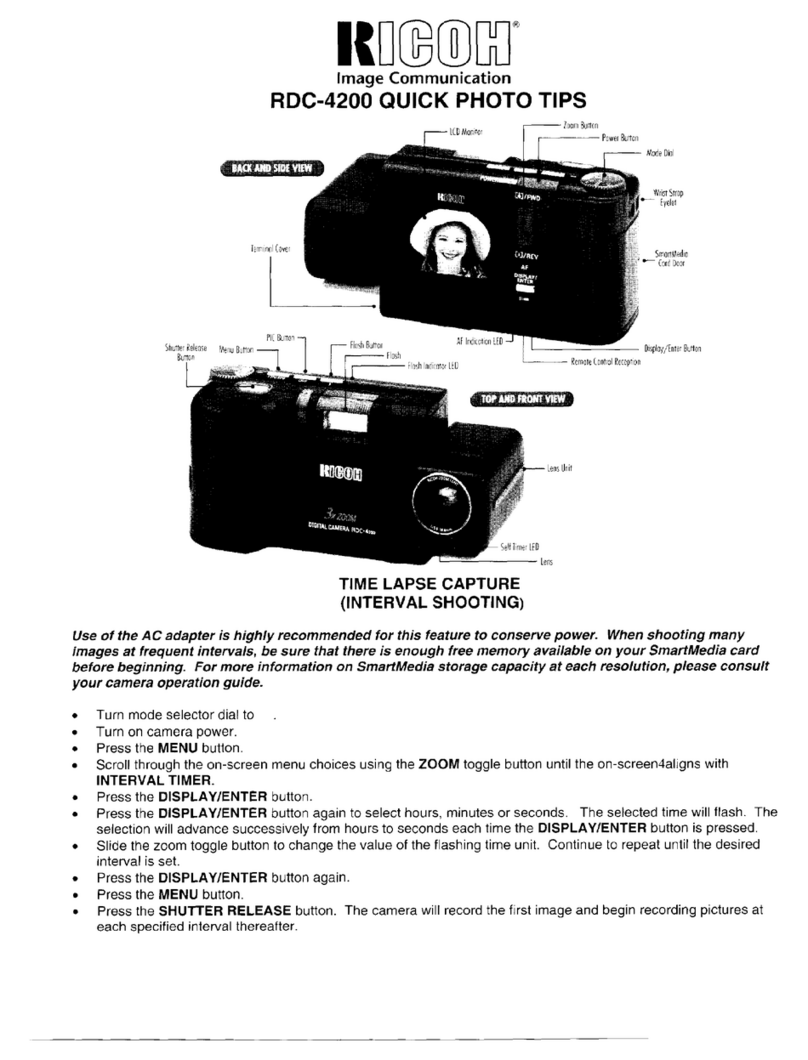
Ricoh
Ricoh RDC-4200 Assembly instructions
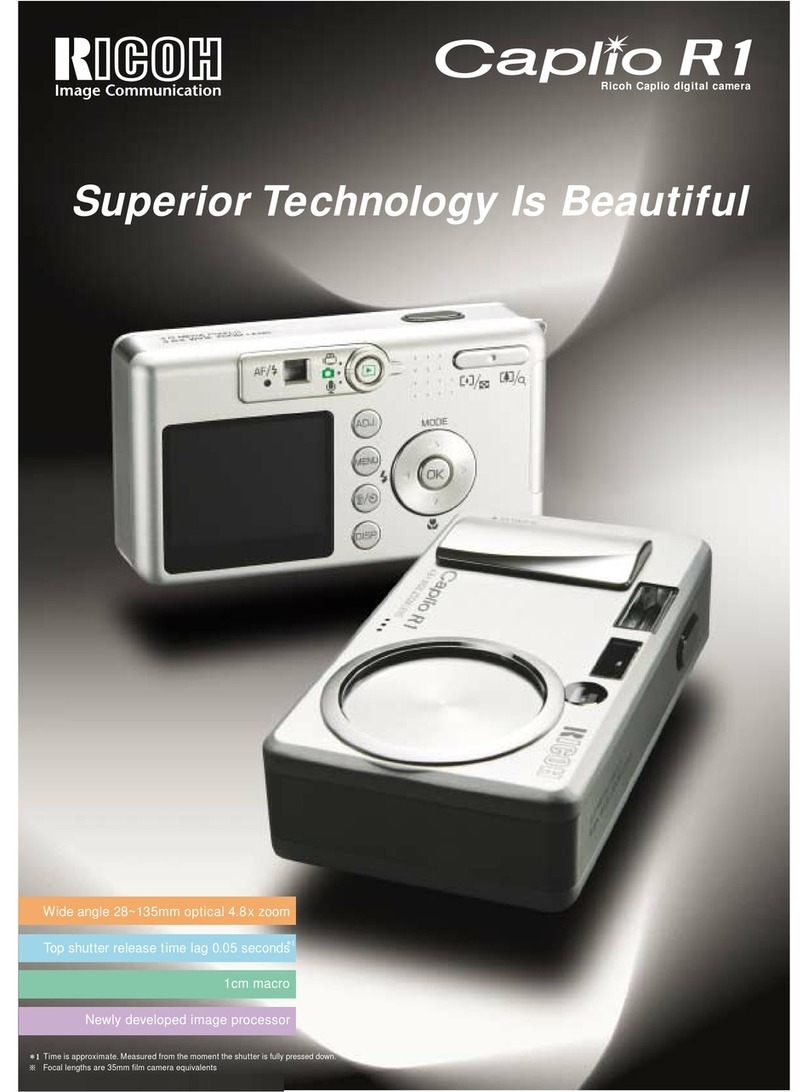
Ricoh
Ricoh Caplio R1 User manual

Ricoh
Ricoh G700SE User manual

Ricoh
Ricoh Pentax K-1 User manual
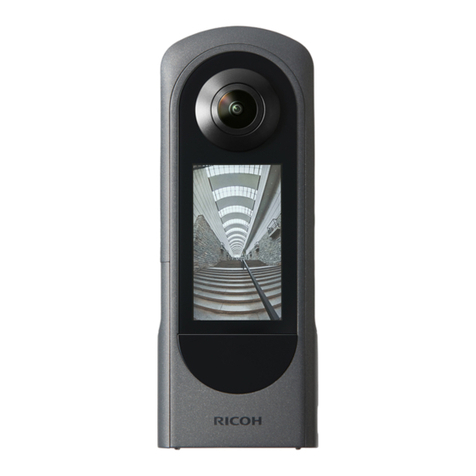
Ricoh
Ricoh THETA X User manual
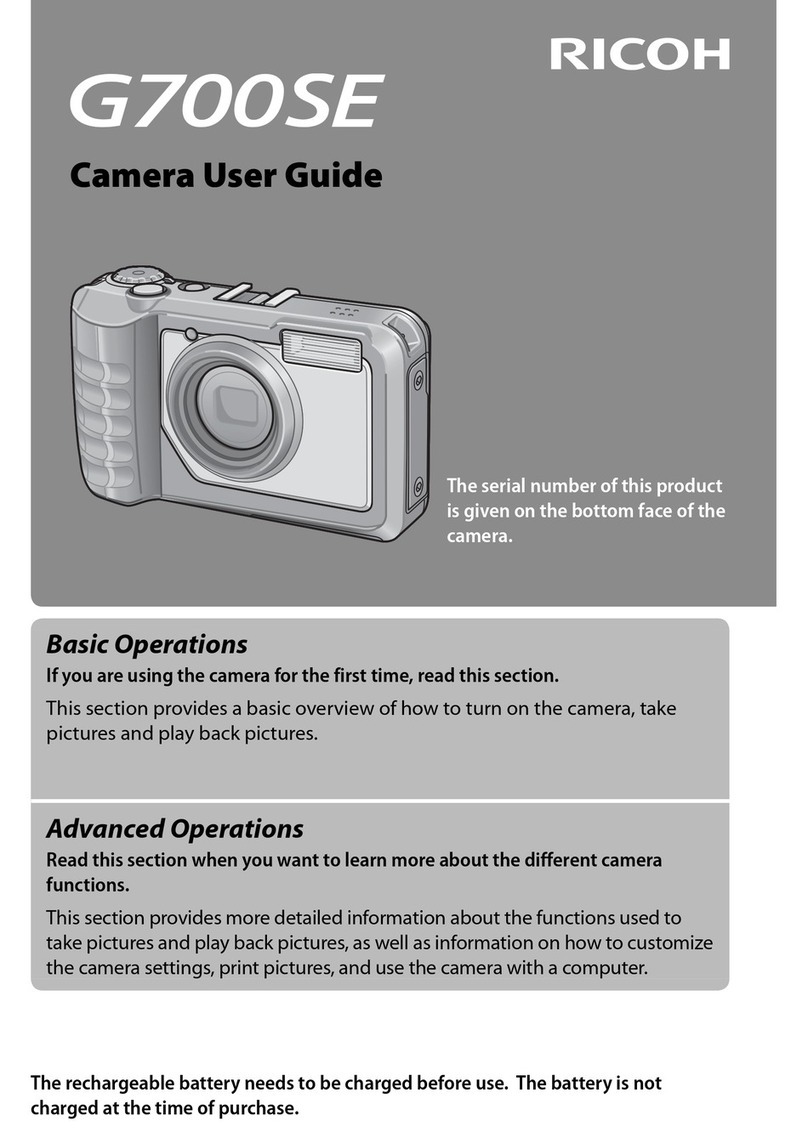
Ricoh
Ricoh G700SE User manual
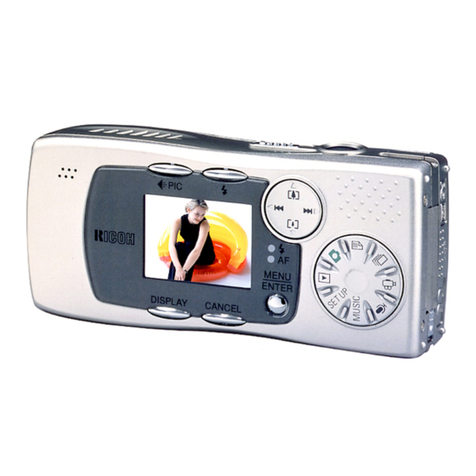
Ricoh
Ricoh Caplio RR-10 User manual

Ricoh
Ricoh Caplio GX100 User manual
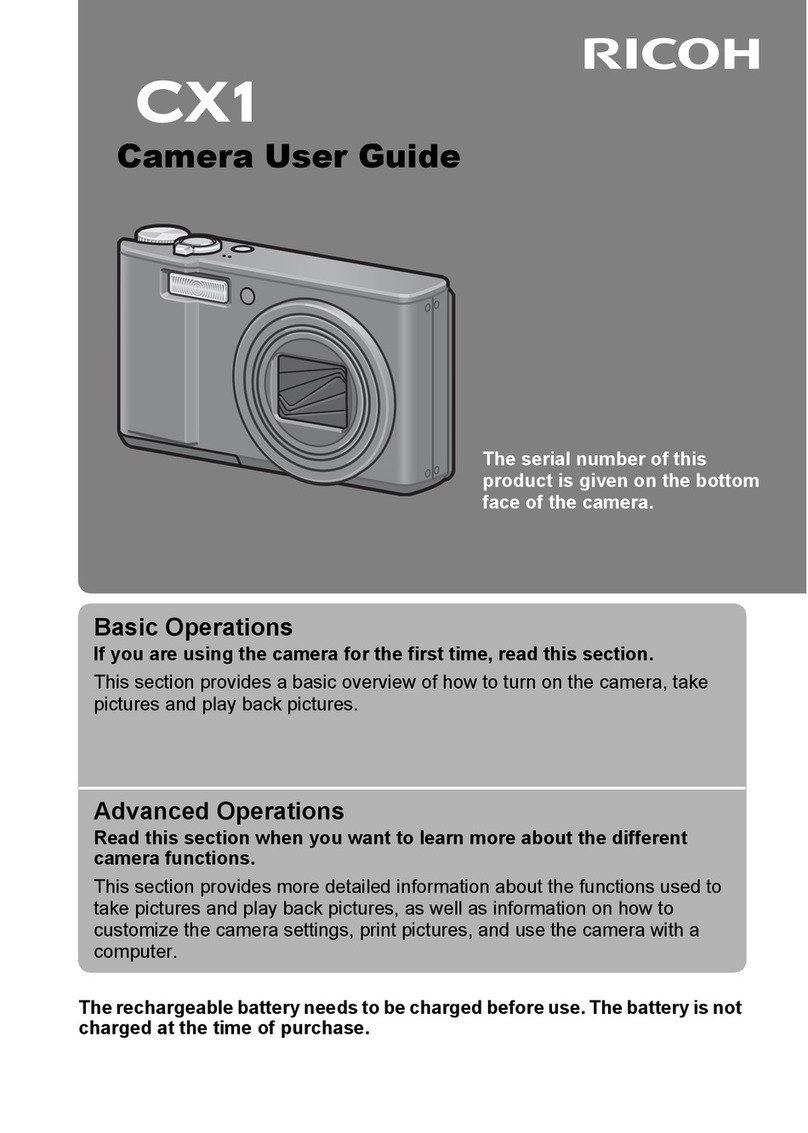
Ricoh
Ricoh CX1 User manual
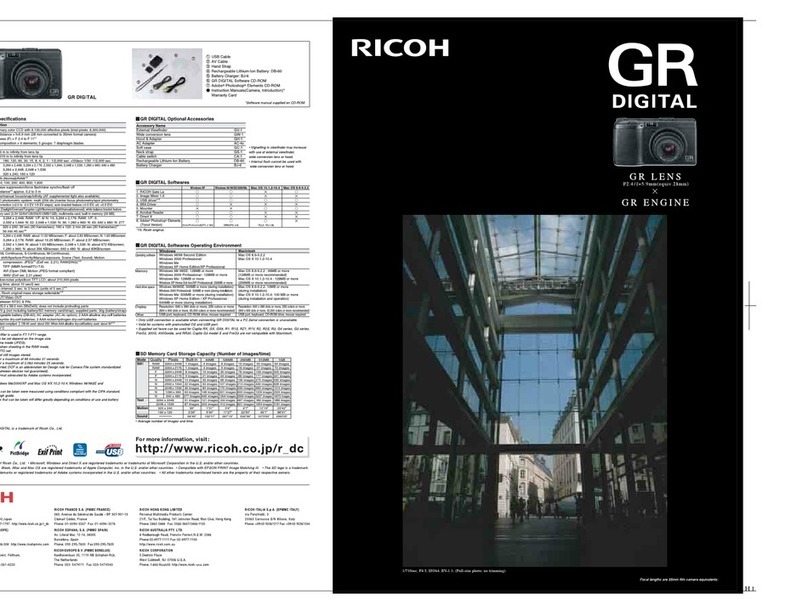
Ricoh
Ricoh GR DIGITAL M User manual
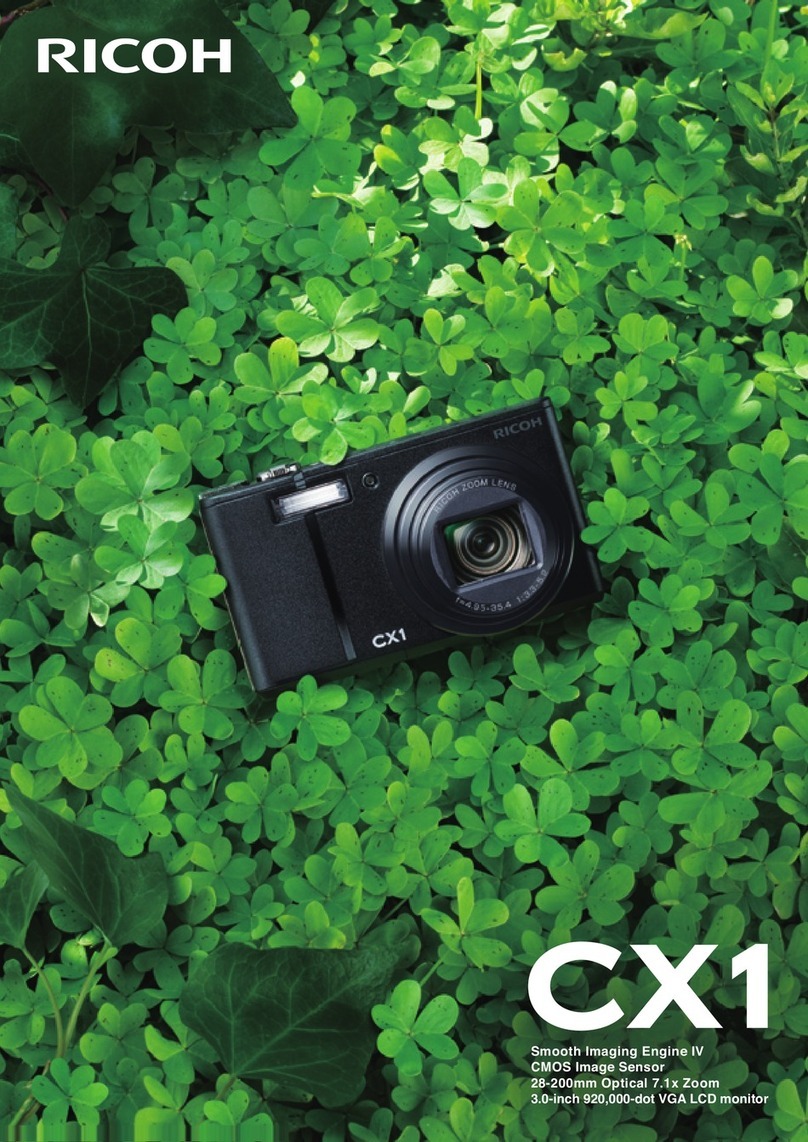
Ricoh
Ricoh CX1 User manual
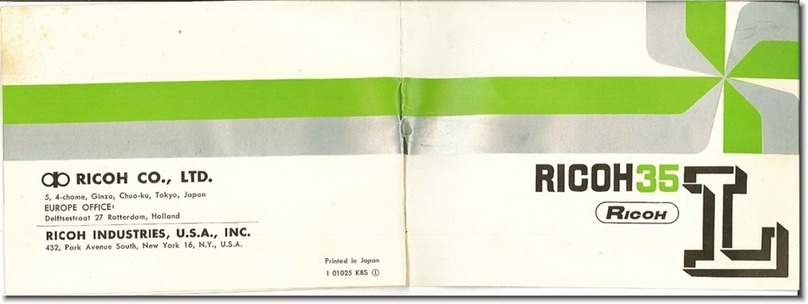
Ricoh
Ricoh 35 User manual
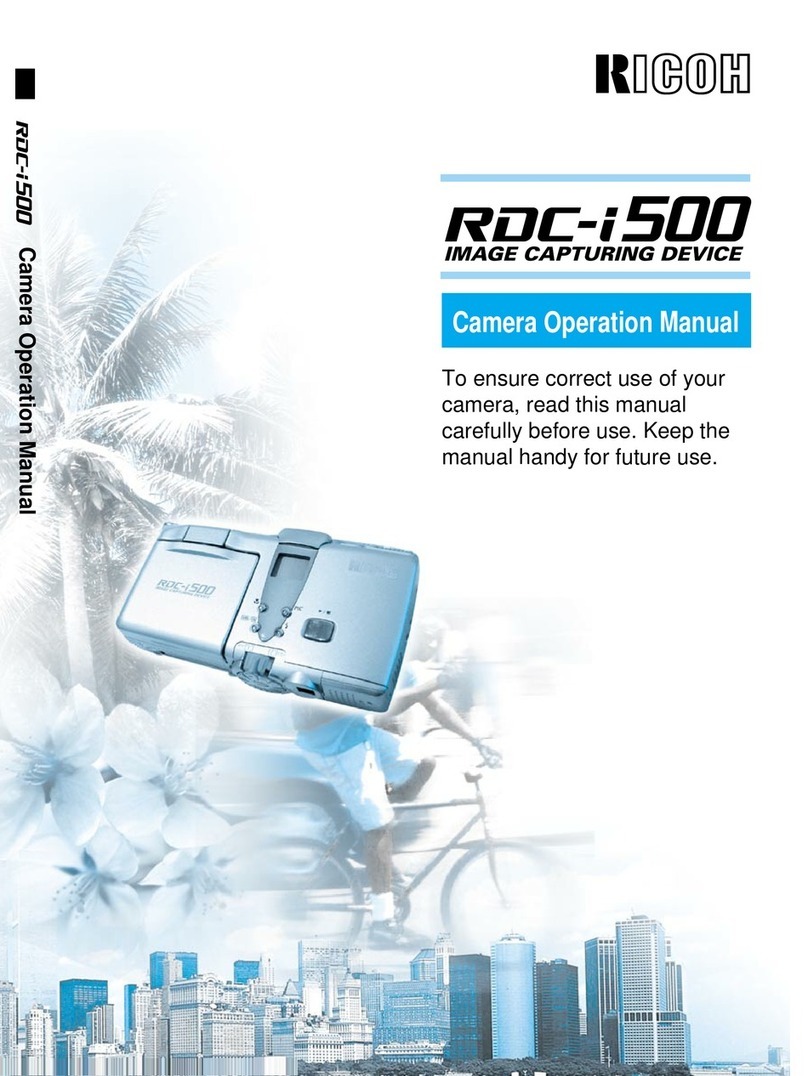
Ricoh
Ricoh RDC-i500 User manual

